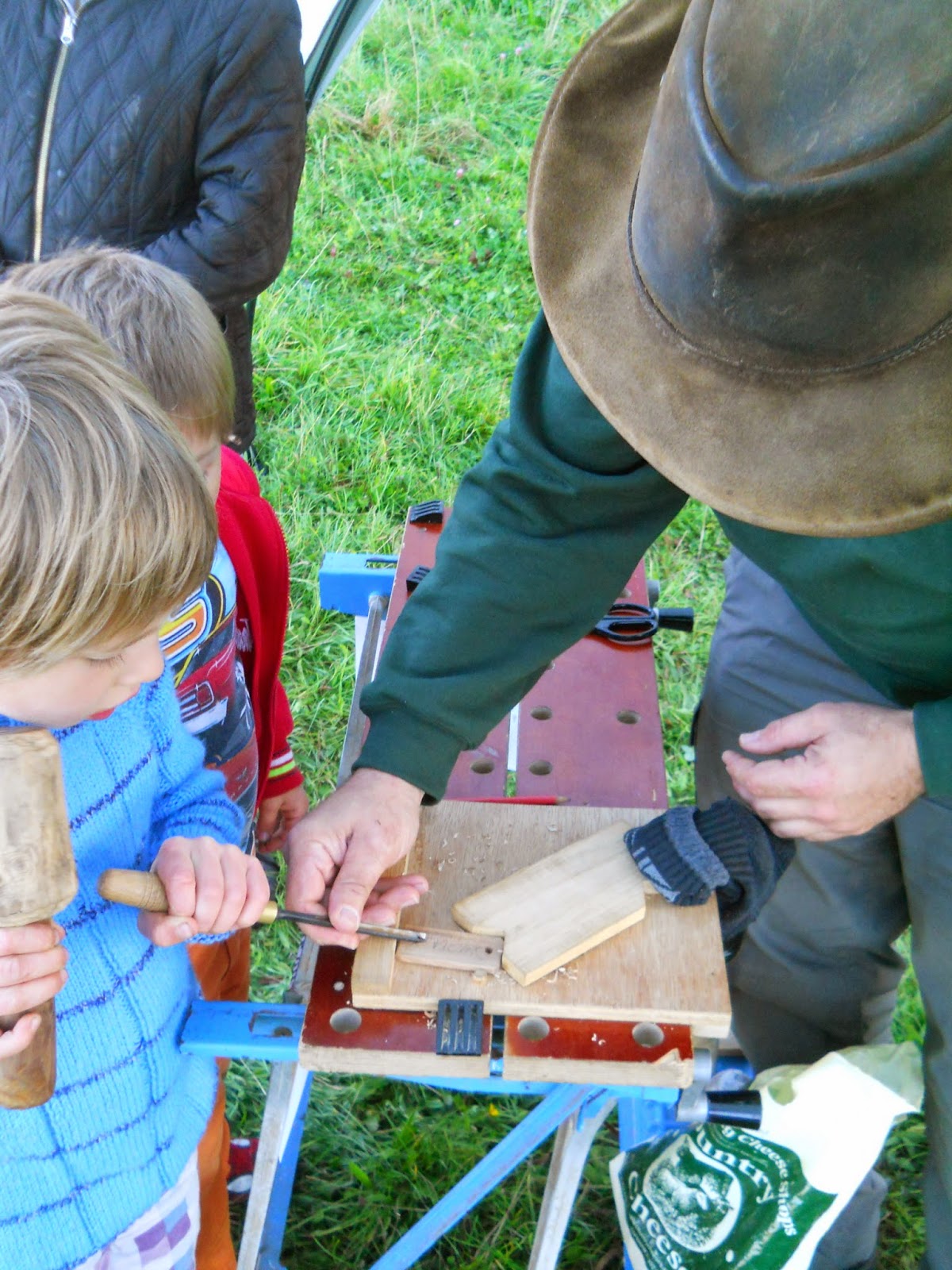The Hellbrun Mechanical Theatre is a huge automaton. It was built between 1748 and 1752 and is housed in the Hellbrun palace in Salzburg. The machine was built by a salt miner called Lorenz Rosenegger and was commissioned by Archbishop
Andreas Jakob Graf Dietrichstein.
I came across this animated sculpture while watching a fascinating BBC programme called 'Mechanical Marvels: Clockwork Dreams' which was written and presented by Professor Simon Schaffer. That's him standing in front of the mechanical theatre in the image above. All of the images of the Mechanical Theatre used in this post are screen shots saved from this documentary.
The theatre shows a scene of different trades and professions busily working, watched by the governing elite whose figures move relatively little.
Apart from the incredible skill of Rosenegger in carving the 200-odd figures used in the machine and animating most of them with a water-powered system of mechanisms (together with a water-powered musical organ to cover the sound of the workings in action), I was also struck by the glimpse that the theatre gives into the clothing and tools used by the woodworking trades of the time.
The woodcarver has his workpiece held on a kind of rotating spit-like frame. Chris Pye notes that this type of device is still in common use in some places, such as Southern Germany. I've seen it on illustrations of medieval woodcarvers at work centuries before the Hellbrun machine was constructed. Many contemporary carvers prefer to work on larger pieces with the carving held vertically instead of horizontally, so that it is orientated the same way that it will eventually be displayed.
This frame for holding work is in the studio of Jón Adolf Steinólfsson in Rekjavik, Iceland
This frame is in Joachim Seitfudem's studio. Jo is based in Bristol but trained in Bavaria.
The sawyers at work. All of the tradesmen are shown wearing aprons and many have coloured lederhosen-style braces across their chests. I wonder if the colours of their hats or braces mark them as members of different craft guilds, or if they are just random?
The turner is at work on a pole lathe (which I imagine would be powered by a springy frame rather than a pole, as it is indoors). His tools are hung on the wall behind him.
The timber framers build a roof. Two workers wear caps, the others are dressed very similarly to each other with black hats. Journeyman carpenters from this region wear their brimmed black hats as one of the signs of their status even today. Are the two workers lower down the roof journeymen, or do these figures represent different trades altogether?
The cooper works with drawknife and shavehorse to make barrels and buckets. As with the pole lathe shown above, modern green woodworkers use equipment that has basically changed very little from that shown by Rosenegger. This pole lathe and shave horse (made by Tom Redfern) were in use when teaching these skills at the Green Gathering a few years ago.
Schaffer also notes that there is another, darker side to the Hellbrun mechanical theatre. The salt
miners were 'radicals and insurrectionists' and Rosenegger had
an armed guard to keep him at his work. The machine was not just an entertaining snapshot of life at the time. To its intended audience of wealthy aristocrats, it gave a view of
workers behaving themselves in an 'ideal society'.


























